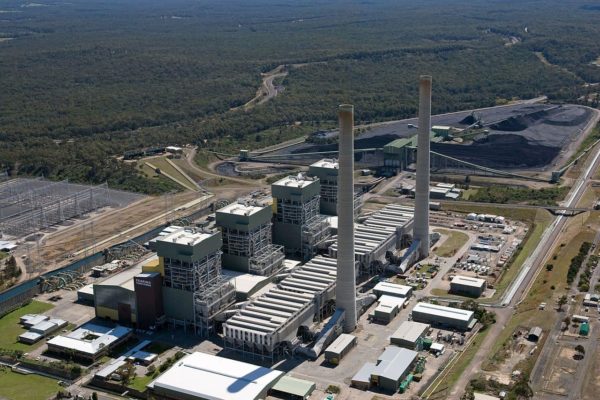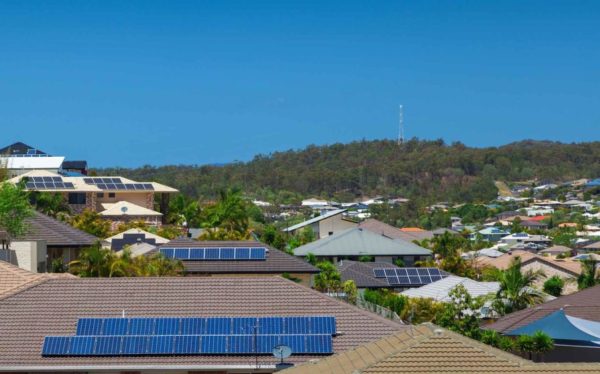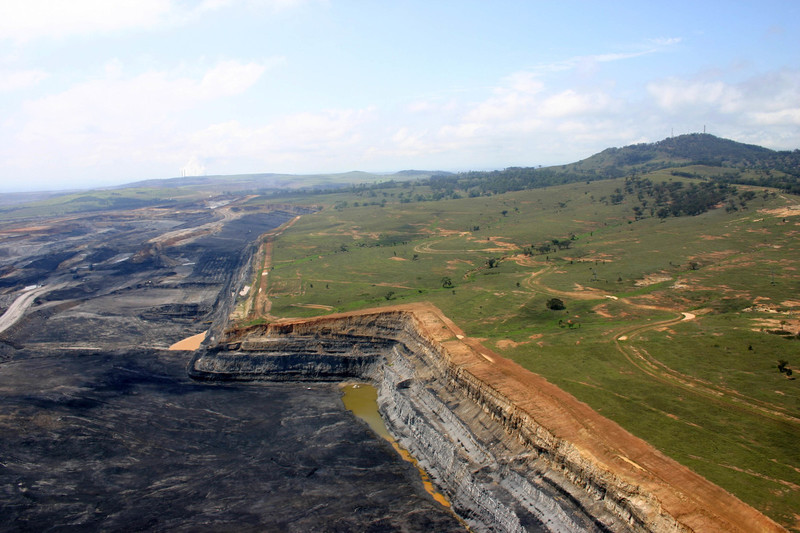A new report from the Australian Energy Market Operator (AEMO) shows that Australia’s transition to a grid dominated by renewables is accelerating faster than expected, suggesting 14 GW of coal-fired generating capacity will exit the National Electricity Market (NEM) grid by 2030.
The 2022 Integrated System Plan (ISP), published on Thursday, forecasts that the supply of electricity in the NEM will rapidly transform from a mix dominated by coal-fired generation, to a grid with very high renewable energy penetration, supported by energy storage, transmission, hydropower, gas-fired generation, and distributed energy resources (DER) including rooftop solar.
AEMO said the latest ISP offers four main scenarios, with the most likely scenario, the step change plan, predicting all coal-fired power plants will exit the market by 2043.
The modelling forecasts the withdrawal of 14 GW of coal-fired generation capacity from the NEM by 2030. The currently announced closure timings suggest that only 8.4 GW of the current 23 GW of coal capacity will withdraw by 2030, which implies further withdrawals are still to be announced.
AEMO chief executive officer Daniel Westerman said recent developments, including Origin Energy bringing forward the closure of its Eraring generator in New South Wales, and AGL Energy accelerating the closure of its coal-fired power plants, had reinforced the rapid pace of change in the NEM.

Image: Origin
“A clear message from our stakeholders and recent market events is that our energy system transformation is accelerating and irreversible, and ever more comprehensive and challenging,” he said.
“We’ve recently seen market dynamics exhibiting the step change scenario, including accelerated coal-fired power station closures.”
The Australian Energy Council (AEC), the peak body for generators and retailers, said the market operator’s ISP highlights the profound disruption occurring in the grid.
“The rapid decline of coal in our market is front and centre in the ISP along with the need to ensure there is sufficient dispatchable and sustainable resources in place that can operate for extended periods as coal retirements occur,” AEC chief executive officer Sarah McNamara said. “It’s critical we get the transition right to avoid unnecessary disruption and costs for end users.”
AEMO said to compensate for this loss of coal-fired generation capacity, and to meet increasing demand brought on by the electrification of our transport, industry, offices and homes, will require a “significant investment” in renewable energy technology.

Image: ARENA
The step change scenario forecasts a doubling of electricity consumption from the grid by 2050, up from 180 TWh today to nearly 320 TWh. AEMO said to ensure that demand can be met, will require at least 141 GW of large-scale wind and solar capacity, 61 GW of storage and hydro capacity and 69 GW of small-scale solar and household batteries to be built by 2050.
“To maintain a secure, reliable and affordable electricity supply for consumers through this transition to 2050, investment is required for a nine-fold increase in grid-scale wind and solar capacity, triple the firming capacity (dispatchable storage, hydro and gas-fired generation) and a near five-fold increase in distributed solar,” Westerman said.
The Clean Energy Council (CEC) welcomed the latest ISP, saying it confirms the urgent need to accelerate the transition to renewable energy and energy storage, replace coal-fired power stations, and deliver a more reliable grid that protects customers from high and volatile power prices.
“The message is clear that Australia needs to bring more clean, low-cost energy powered by renewables into the system, and it needs to do so urgently,” CEC chief executive Kane Thornton said in a statement.
“Australia is in the midst of an energy crisis caused by unreliable coal generation and the failure of global fossil-fuel markets. The ISP clearly identifies that reducing our reliance on fossil fuels is key to delivering Australian energy independence.”
This content is protected by copyright and may not be reused. If you want to cooperate with us and would like to reuse some of our content, please contact: editors@pv-magazine.com.









2 comments
By submitting this form you agree to pv magazine using your data for the purposes of publishing your comment.
Your personal data will only be disclosed or otherwise transmitted to third parties for the purposes of spam filtering or if this is necessary for technical maintenance of the website. Any other transfer to third parties will not take place unless this is justified on the basis of applicable data protection regulations or if pv magazine is legally obliged to do so.
You may revoke this consent at any time with effect for the future, in which case your personal data will be deleted immediately. Otherwise, your data will be deleted if pv magazine has processed your request or the purpose of data storage is fulfilled.
Further information on data privacy can be found in our Data Protection Policy.